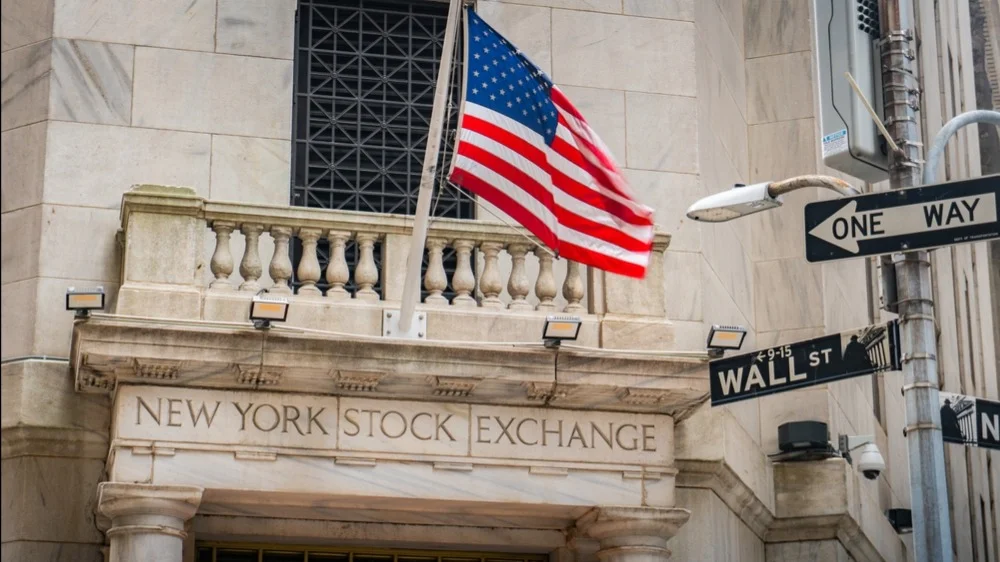US stock market at its peak: three mistakes to avoid when things are going up
Wall Street strategists don't expect a collapse in the second half of 2025, but downside risks remain

With Wall Street indexes hitting all-time highs, ordinary investors need to be especially careful to avoid the pitfalls typical in this situation, Business Insider warned. Economists surveyed by the publication named three major mistakes that are made during a stock market rally.
Don't expect a perfect rollback
It is easy to be tempted to wait for a correction to buy stocks cheaper. But that's the classic trap: A pullback may not happen or it may come from even higher levels than current levels, cautions Bellwether Wealth Chief Investment Officer Clark Bellin. If you wait for the perfect time to buy - you may never wait, he says.
Historical highs are not uncommon for the S&P 500. There have been more than a hundred of them in the last 10 years, and they are often followed by new growth. Therefore, for long-term investors, the moment of entry is of little importance. RBC Global Asset Management's analysis shows that since 1950, the S&P 500 has never ended a 10-year period down more than 10% from any of its previous peaks.
Rising stock valuations have some investors worried, but that's not always a signal that they're overvalued. Now, earnings forecasts for companies in the S&P 500 are improving - so the rally has a foundation, notes Business Insider.
Don't get caught up in the hype
Going along with the lost profit syndrome is another mistake, especially in an era of news noise. If many investors rush into one sector, prices can overheat. Entry at such levels is fraught with sharp corrections. In addition, investing all at once - especially on emotion - can be more dangerous than doing nothing. Losses are experienced more strongly than the joy of profit - and this leads to panic and mistakes;
The best thing to do is invest regularly. According in the words of Jacqui Smith, portfolio manager at Reynders Mc Veigh Capital Management dollar-cost averaging helps smooth out volatility. You should look for reliable companies with strong balance sheets - especially when trading risks are high, recommends Smith.
Don't forget to rebalance
When the market breaks records, it is especially important for investors to understand how their portfolio has changed. For example, owners of Nvidia stock may have seen their share of the portfolio rise dramatically. The same goes for the entire "Magnificent Seven," which is pulling the U.S. stock index upward thanks to the artificial intelligence boom. The bottom line is that an inattentive investor could become overly dependent on an AI bet - and not even notice it.
Investors should understand the risk that they are inadvertently doubling down on artificial intelligence if they add to their existing holdings of assets that copy the S&P 500 structure by buying shares of individual companies like Nvidia, said Gary Quinn, vice president of portfolio advisory at Wealth Enhancement, to Business Insider
A reasonably diversified portfolio smoothes market fluctuations. Concentrated positions, on the contrary, increase risks. The highs are a good time to check your risk appetite, shake up your asset mix and possibly lock in gains on individual securities, accounts Bellin of Bellwether Wealth.
What Wall Street banks can expect in the second half of the year
Investors started 2025 with optimism after two years of stock market growth of 20%. However, in April, the S&P 500 almost slipped into the bearish zone - and only in late June did it return to historic highs. In the second half of the year, the situation with duties should become clearer, and economic statistics should better reflect the effects of inflation and changes in consumer behavior.
- Morgan Stanley suggests that the U.S. stock market has already bottomed out during the April selloff. One sign that sentiment is improving is that more companies are revising earnings forecasts upward. The year-end target for the S&P 500 is 6,500 points, up 5% from current levels.
- JPMorgan Chase expects a slowdown in the U.S. economy in the second half of the year, but not a recession. Despite continued momentum in the artificial intelligence sector and strong corporate earnings, duties and geopolitics will hold back the stock market. The forecast for the S&P 500 is 6,000 points by the end of the year, 3% below the current value.
- Goldman Sachs believes that after the S&P 500 s rapid rise of nearly 25% from April lows, the rally will last a few more weeks but will slow in August.
- Wells Fargo recommends no drama. The bank believes consumers and businesses are adjusting to uncertainty over duties, corporate balance sheets remain resilient, and U.S. energy independence reduces the risk of inflation spikes when oil prices rise. Wells Fargo's favorites for the second half of the year are aerospace and defense, IT and the financial sector. The S&P 500 is forecast at 5900-6100 points, 2-5% below current levels.
This article was AI-translated and verified by a human editor
